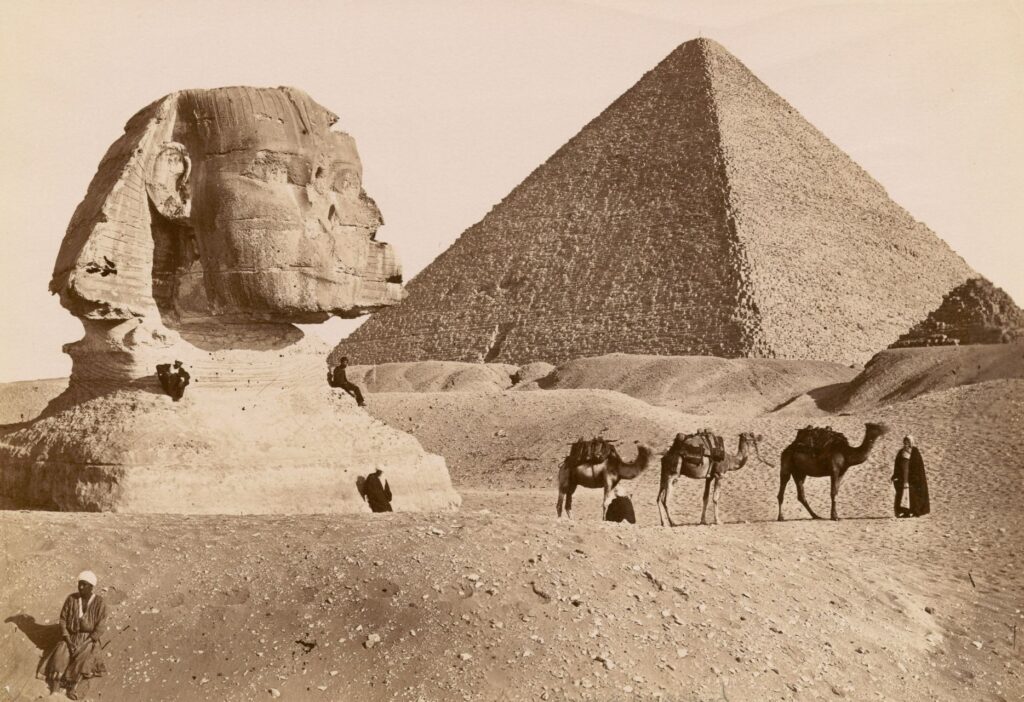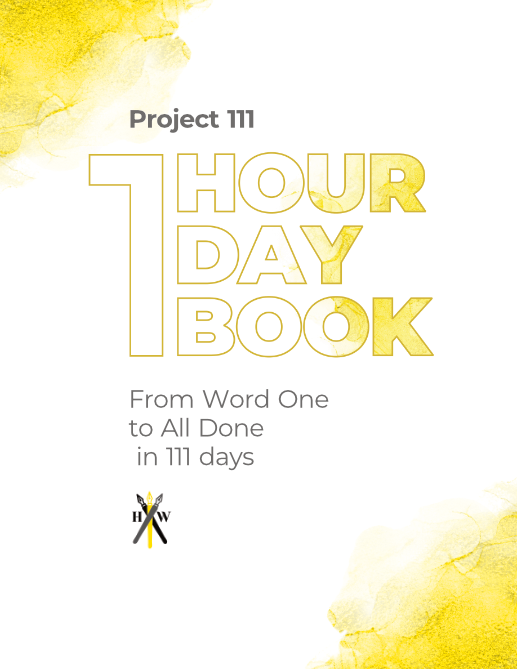If you haven’t asked “What is a prologue?” maybe you’ve asked, “Why am I reading this prologue? Why can’t I just begin the story?”
Or maybe you’ve thought, “Oh, a prologue. I’ve seen those before, but I usually skip them…” or “Man, I want to love fantasy, but their obsession with prologues always seems to detract from my enjoyment of this wondrous genre.”
Well, we’re here to tell you that you should not only read the prologue if an author included one, but that including prologues can augment one’s enjoyment of a novel.
A good prologue has the ability to jump start the excitement of your story and provide your readers with an understanding of what they can expect from your creative writing. Certainly the first chapter of a story can do these things too, so why write a prologue in the first place?
We’ll discuss the answer to that question and more.
Table of Contents
Basics of Prologues
A prologue has a few main uses, but it can probably take any form you want it to. The basic function though is to provide your readers with an introduction to some aspect of your story, whether it’s a backstory to a character, a background detail necessary to understand the worldbuilding, a scene from the back-end of the book to excite the reader, or give a taste of the book’s tone.
Whatever the reasoning, a prologue should be exciting because when that’s not the case, prologues become laborious to read and can deter people from the rest of the novel
Backstory

A prologue can be a good place to provide a backstory to a character or characters. An example of this type of prologue is seen in the Canterbury Tales by Geoffrey Chaucer (which is a piece of medieval writing that’s still very enjoyable and gave rise to that wonderful work of fiction known as Hyperion). In the prologue, the main character provides details about the different characters who eventually tell their own stories.
The reader here learns some of the quirks of the characters while also finding out the frame narrative of the entire story. This example is an interesting one because you would be hard pressed to fully understand the larger story without any sort of glance at the prologue.
More modern prologues, however, are written with the knowledge that some percentage of readers will skip prologues as a matter of principle.
Hyperion, which is modeled after The Canterbury Tales, also features a prologue. This one has more modern sensibilities and offers a tiny bit of character work. The actual backstory of the characters are given during their time telling their tales throughout the novel, but the reader learns some of the character’s interests and motivations.
Background Detail

Many pieces of fiction in Sci-Fi/fantasy will include a prologue with the intent of writing out some important detail to the story. This may come as a creation myth, events of historical magnitude, a quick look at what the world looks like, or any number of things.
A prime example of a prologue offering background information is found in Brandon Sanderson’s Way of Kings (you can read the prologue and first few chapters here). This novel is the first in an expected 10-book series full of modern, high fantasy epics, each toting a word count almost the size of all The Lord of the Rings.
With that all in mind, how could Sanderson start the novel in order to get across important information as well as a feeling for what the entire series will look like. For starters, he writes not one but two prologues. Sure, one is called a “prelude” but it functions as a precursor to the prologue and has the same purpose.
The “prelude” in this first novel offers a bit of history regarding the series’ central mythology. We see a point in history and a character that we know very little about, but we do get a sense of importance. We’re left with images of weighty decisions and a destructive war.
The “prologue” offers a look at a different character who exists 4500 years later.
This prologue let’s us look at a character who we don’t read again in the next several chapters. We know next to nothing about him, but Sanderson characterizes him as we continue reading. The purpose of this prologue is to show how the magic of the series works (well at least one of the magic systems) while kicking off an important plot event.
Because these precursor stories only offer background details, you could theoretically skip them and learn through context clues what you missed. Many different fantasy and sci-fi writers will write a skippable prologue because they do a good enough job explaining their world throughout. (But they obviously wrote it to be read, so you should probably read it anyway.)
Scene Inclusion

Another common type of prologue (though less common in fantasy and more prevalent in thrillers and mysteries) is to include a scene from later in the novel and include before the first chapter.
This type of writing works to give the reader a glimpse at what they can expect in a later chapter. These prologues typically condense a somewhat pivotal or dramatic scene and include it before the reader has any bearing on what they might mean.
One of my favorite examples of this type of prologue comes from the sequel to The Lies of Locke Lamora (which features a different kind of prologue, but you can find it here). In Red Seas Under Red Skies, the novel begins with an interaction between the two main characters where one is seen to betray the other.
When I read this prologue, I was floored and immensely excited. I thought, how could it come to this? I had fallen in love with reading these characters and their friendship, and the fact that something could lead them to a point of such friction immediately captured my attention.
Including a later scene in your prologue is meant to excite the reader in this way and can glue your readers’ eyes to your pages.
Additionally, this type of prologue is theoretically the easiest to write, given that you just take a scene you have already written and include it word for word at the beginning.
Mood Prologue

This type of prologue is one of the most difficult to do right because it runs the highest risk of boring the reader. Basically, rather than providing any important information, this type of prologue seeks to create a feeling that the novel will continue to explore throughout its entirety.
A book that nearly perfects this type is The Name of the Wind by Patrick Rothfuss. (You can read the prologue and first few chapters here.) This prologue doesn’t give much plot or background information, but what it does is set the ambience and tone for the larger story.
The prologue talks about a “silence of three parts” in poetic language. After reading it, the audience can expect some beautiful prose, an attention to detail, and a mystical melancholy feeling that will carry on throughout the story.
But why is this type of prologue difficult to write? One of the main things that can go wrong with this type of prologue is boring the reader. By not including plot points of important character moments, this inclusion runs the risk of seeming utterly pointless and creating an obstacle that keeps the reader from engaging with the main text.
The Name of the Wind combats this problem with its length. The flowery, beautiful prologue is only 361 words long, essentially a piece of fast fiction. It also offers compelling images and concrete details that feel like they’re meaningful to read.
In a way, Rothfuss made a poem of the prologue, using language to create images that create an ambience that would he carries throughout the main story. If you want to include a prologue that sets the mood, Rothfuss’s method offers an master’s example.
Some Other Tips

An important thing to ask before you write a prologue is to ask yourself “Why do I want to include this?” From a purely objective standpoint, most novels can bypass the prologue entirely and come out all the better.
But by figuring out why you want to include a prologue, you can then decide which of these types (or a more experimental version) of prologues will suit your story best. Remember though, that you should write a prologue that can be skipped. You don’t want to include an important aspect of your novel that never receives another mention.
At all costs you should avoid anything boring or uninspired (I’m looking at you Star Wars with your long, boring exposition scroll). I disagree with the idea that all writing should be entertaining. Often art will challenge its audience, but the prologue (and/or first chapter) is the first contact your reader has with your writing. If you leave them yawning or questioning if they should keep reading, whatever brilliant work you have later on may not see the light of day.
A good practice is to go back and check if any of your favorite books use prologues. If they do, study them and take notes on what works. You will know the rest of the story, so you can see what gets hinted at, if it follows tonally, or if there are important details hidden within.
Another practice you can try is to write a prologue for some of your favorite books that don’t have any. This can be a good practice to see what kind of prologue will work for various kinds of stories. You can also learn to balance important details without being redundant.
Just remember that prologues can intrigue your readers and excite them to continue! But make sure they don’t detract from your main story or novel. For more tips and tricks with writing, stick with us at Habit Writing!
gavinwride
Gavin is a fantasy author, short story enthusiast, and nature lover. When he’s not reading, writing, or exploring the outdoors, he is likely playing games. His board game collection is probably too big for someone living in a small apartment, and he has enough yet-to-be-played video games to fill a lifetime. His favorite book is "The Name of the Wind". His favorite author is Edward Abbey. His favorite game is "Dark Souls III", and he’d be more than happy to spend the day talking about lore, bosses, and game mechanics.
Our 84-page book planner and 111 day writing course.
